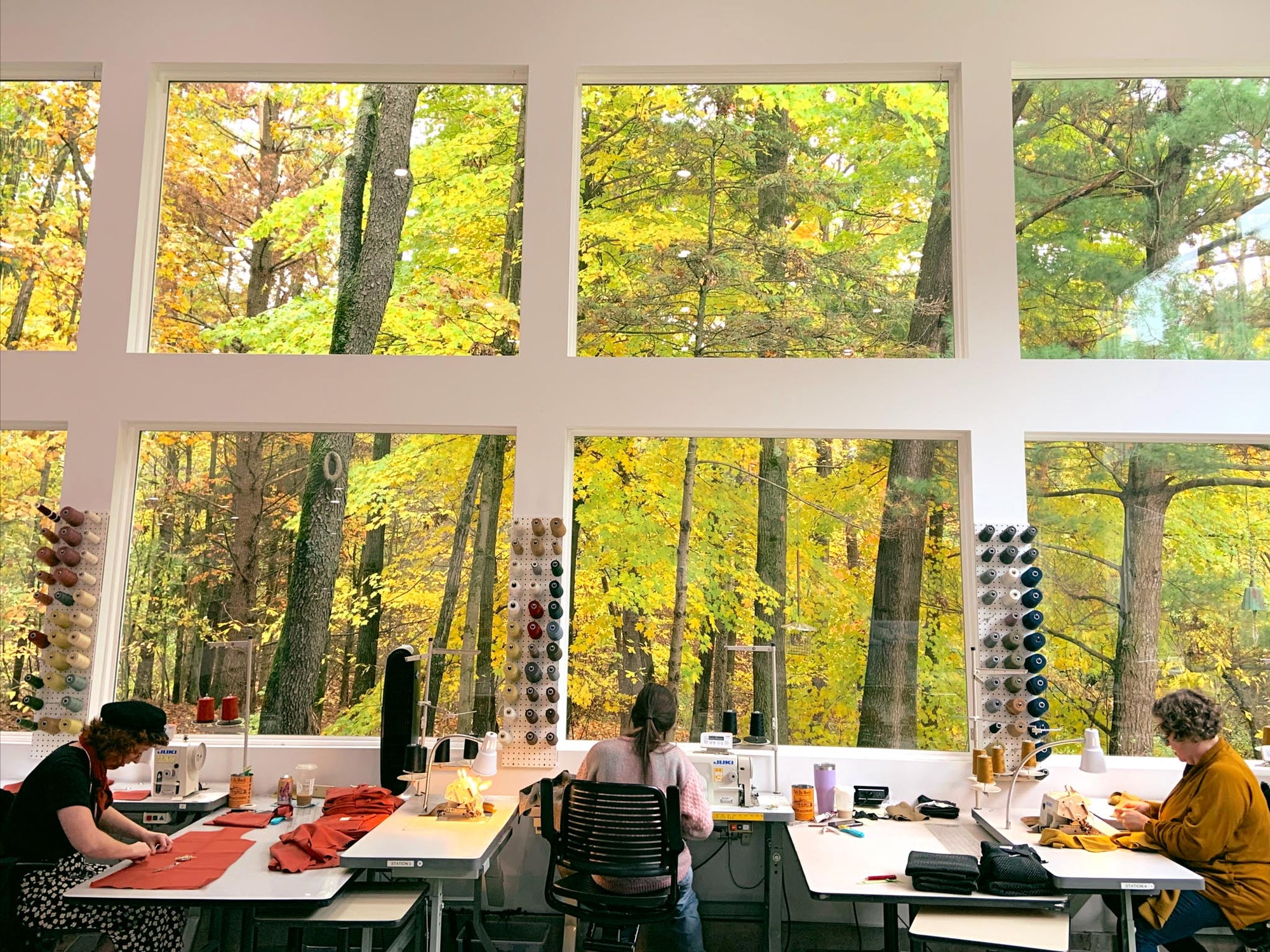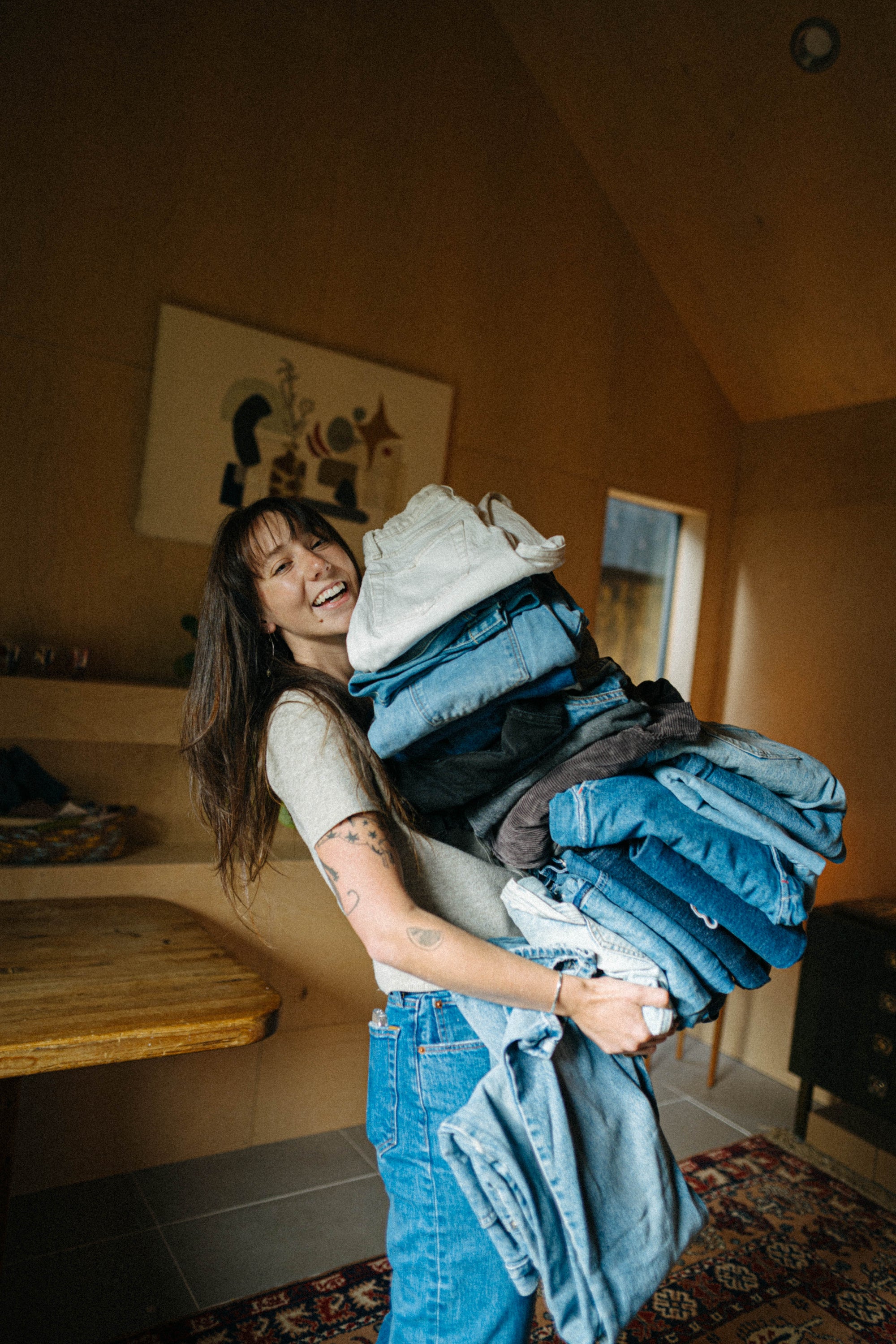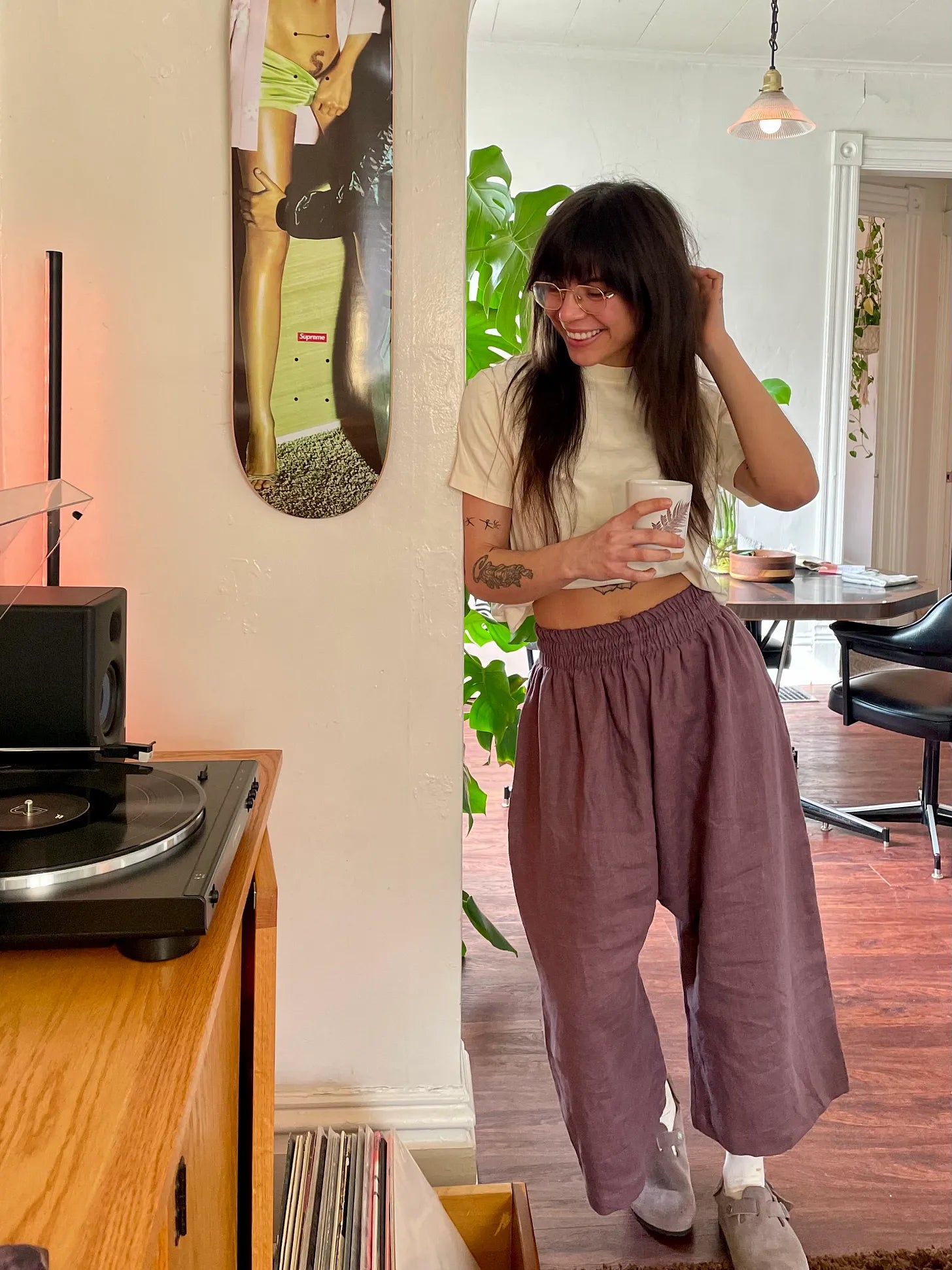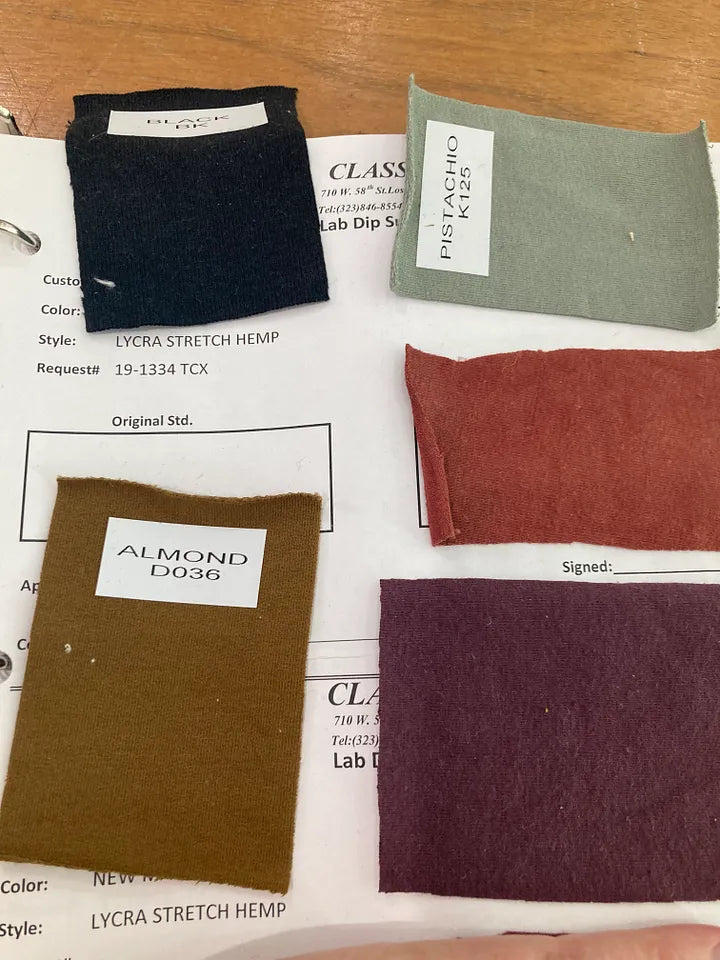It’s almost 2024 and more and more people are looking to build a sustainable wardrobe, woo-hoo! Conscious Clothing has valued classic + timeless design since Rose first started designing clothing over 20 years ago, it’s always been at the heart of what we do here. With Fast Fashion on the rise, and a whopping 11.3 million tons of textile waste ending up in the landfill on a yearly basis - building a sustainable wardrobe is more important than ever.
Throughout the majority of history humans have invested in their clothing. Apparel was very expensive and was often a huge investment for people/families to make. They had to be classic in design in order to stand the test of time. And because they were made by hand (by the women of the household or a tailor) they were inherently high quality and would wear like iron. These are the kinds of garments that still exist today and are often passed down through generations or are sought out by fashion historians and collectors.
It wasn’t until the industrial revolution and the invention of the sewing machine that we started to see consumerism changing and the rapid production of products (that are still required to be made/assembled by human hands.) Fast forward to today and we now have several generations of humans who have been conditioned to constantly be buying and replacing everything with new stuff, keeping production cyclical. Garments are intentionally being made poorly with cheap, synthetic materials to ensure they stay replaceable.
As conscious consumers + humans who care about how our clothing is made and where it ends up, we are more naturally inclined to invest in garments that will stand the test of time both in quality and style.
Even with the most conscious intentions, it can feel overwhelming when it comes to assessing your wardrobe and considering its future and wearability. To make it easier for you, we’ve come up with a few tips to keep in mind when building your sustainable wardrobe.
-Avoid jumping on any trend bandwagons. Unfortunately, fast fashion brands are now at the heart of trend setting AND controlling consumers expectations. Consumers are expecting new, unique, exciting designs on a weekly or even daily basis that will only be in style for a short amount of time. Trends often result in perfectly good clothing that we end up not wanting to wear. Investing in classic staple pieces, and thrifting the accent or trendier pieces, can be a good sustainable + conscious alternative for those who resonate with a trend - or want to keep up with the times.
-Keep functionality + versatility in mind. Classic designs are intended to be a workhorse in your wardrobe, pieces that you’ll constantly find yourself reaching for and will perform time and time again. Opt for silhouettes that allow for flexibility and natural body fluctuations over time. Consider if the piece can easily be dressed up or down to allow for more wearability in different environments and settings. The more functional and versatile a garment is, the longer and more you’ll wear it. Meaning the cost per wear will continue to go down with time, making it an incredibly worthy investment.
-Seek out high quality clothing made from natural fibers. Classic designs are often made with high quality + timeless natural fibers such as linen, cotton, and hemp. Clothing that is carefully constructed and made with high quality materials automatically increases the lifespan of said garment resulting in less textile waste. Some basic questions to ask yourself when assessing the construction of a garment would be: Are there any raw edges that could ravel? For woven fabrics, is the seam just serged or does it have a straight stitch as well? For knits, is there a safety stitch on the serging or are there just three threads?
Building your sustainable wardrobe truly takes time (as it should), but starting with investing in timeless, classic designs is a great first step in the right direction. Conscious consumerism is a practice and a journey. As a company we are so incredibly grateful for all of you who shop with responsibility in mind.







